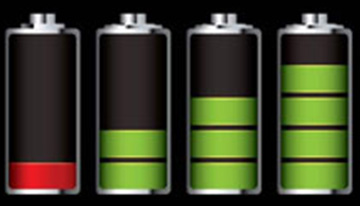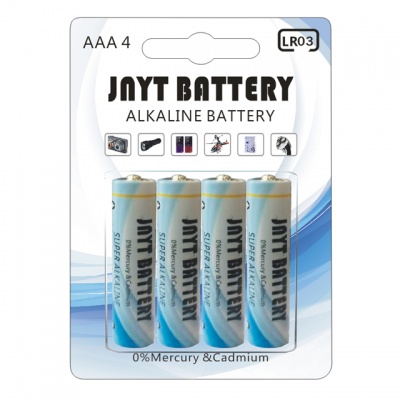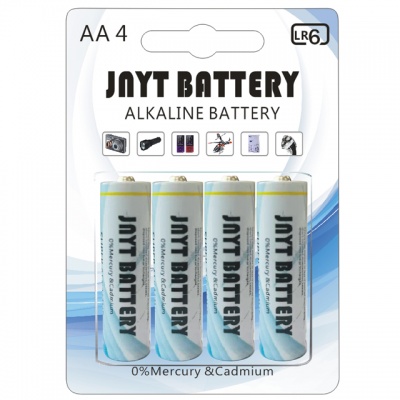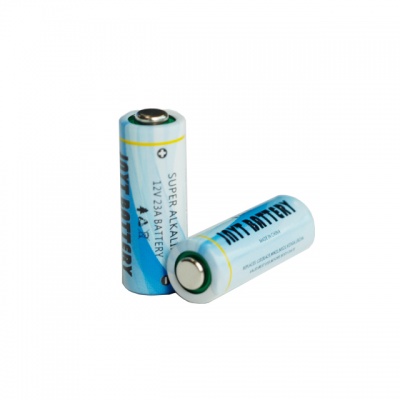
According to Oleg Levin, the leader of a Russian research team and professor of the Department of electrochemistry of St. Petersburg University, chemists have been exploring nitro containing polymers with redox activity as electrochemical energy storage materials. These polymers are characterized by high energy density. Due to the fast redox kinetics, this polymer battery has fast charging and discharging speed. However, when it is implemented in products, one challenge is the lack of conductivity, which hinders the collection of charge. It is difficult to solve the problem even with high conductivity additives such as carbon.
In order to find a solution to this problem, researchers at the University of St. Petersburg synthesized a polymer based on nickel selenium complex (nisalen). The molecule of this metal polymer is like a molecular wire, connecting the energy intensive nitrosyl pituitary to it. The molecular structure of the material enables it to achieve high capacitance in a wide temperature range.
'we proposed the concept of this material in 2016. At that time, we began to develop a basic project "electrode materials for lithium ion batteries based on organometallic polymers". The project was supported by the Russian science foundation. When studying the charge transport mechanism of this kind of compounds, we find that there are two key development directions. First, these compounds can be used as a protective layer to cover the main conductor cable of the battery, otherwise they will be made of traditional lithium-ion battery materials. Secondly, they can be used as active components of electrochemical energy storage materials, "Oleg Levin explained.
The development of this polymer took more than three years. In the first year, scientists tested the concept of new materials: they combined various components to simulate conductive trunk and nitrooxy containing pituitary with redox activity. It must be ensured that all parts of the structure can cooperate and strengthen each other. The next stage is the chemical synthesis of compounds. This is the most challenging part of the project. This is because some components are extremely sensitive, and even the slightest mistake by scientists may lead to the degradation of samples.
Among several polymer samples obtained, only one sample is stable and efficient enough. The main chain of the new compound is formed by a complex of nickel and salen ligand (salen is a combination of Salicylaldehyde and ethylenediamine). A stable radical capable of rapid oxidation and reduction (charge and discharge) is connected to the main chain through covalent bonds.
'batteries made from our polymers can be charged in seconds - about 10 times faster than traditional lithium-ion batteries. This has been proved by a series of experiments. However, at this stage, its capacity is still backward - 30-40% lower than that of lithium-ion batteries. Oleg Levin said, "we are currently working to improve this indicator while maintaining the charge discharge rate.
The cathode of the new battery has been manufactured for the cathode of the chemical current source. Now we need the negative electrode. In fact, it doesn't need to be made from scratch. It can be selected from the existing electrodes. Together, they will form a system that may soon replace lithium-ion batteries in some fields.
"The new battery can work at low temperature. It will be a good choice in places with high demand for fast charging. It is safe to use, without any substances that may pose a combustion hazard, unlike the cobalt based battery commonly used now. It also contains significantly less metals that may cause harm to the environment. Oleg Levin said, "our polymers contain a small amount of nickel, but much less than that in lithium-ion batteries.










